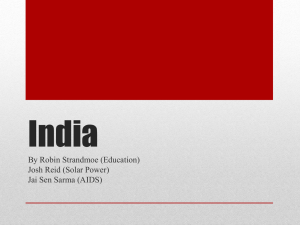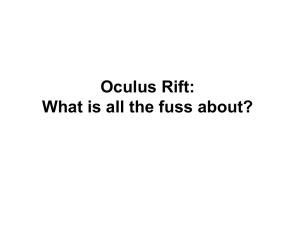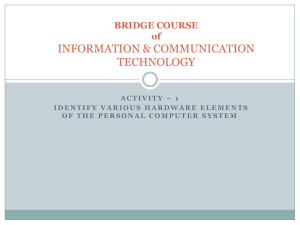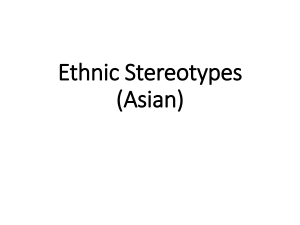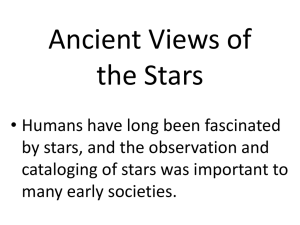Pan-Asianism 20110919 - Western Oregon University
advertisement
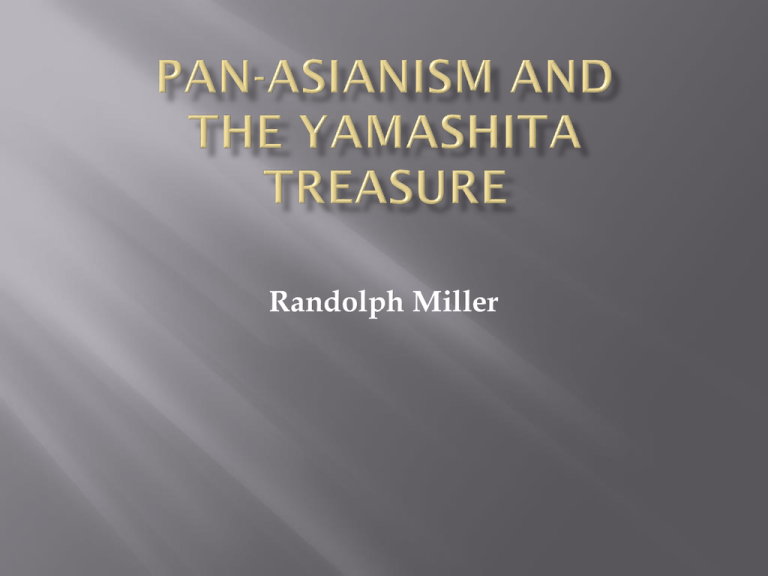
Randolph Miller Pan-Asianism emphasized need for Asian unity Traditionally China was seen as the center of Asia Originally against the encroachment of Western colonialism, influence, and imperialism Functioned as a tool for legitimizing Japan’s claim for hegemony in East Asia and Japanese colonial rule “Asian values” were a response to the supposed universality of Western thought Pan-Asianism was appealing at a time when Asian nations had strong economic bonds Pan-Asianism was omnipotent force in modern Japan’s foreign policy and in the process of creating Japan’s identity During the Meiji era (1868-1912) it became the opposite of its “realist” foreign policy, in which Japan would join club of great powers. Pan-Asianism started in mid-nineteenth century because China and Japan were forced to open up their markets after a long period of isolationism and join the system of international relations, which was dominated by Western powers. In the aftermath of the Opium Wars, China looked weak against Europe Over time Japan grew more powerful and plans to return to Asia became plans to lead Asia Japan got confidence thanks to victory in Russo-Japanese War of 1904-1905 http://web.me.com/mconway/DPHistory/page16/files/cfa070559177a66a8e5d927f80be02da-0.html European countries had a fear of “Yellow Peril”, the idea that a united “yellow race” would threaten European supremacy Japan wanted to play nice with Europe and even tried to suppress the PanAsianism movement, even jailing authors of PanAsianism writings http://www.jahsonic.com/YellowPeril.html Japanese politician Central figure in PanAsian movement After the First SinoJapanese War, created the East Asian Common Culture Society, to improve relations between Japan and China http://en.wikipedia.org/wiki/File:Konoe_Atsumaro.jpg Believed Japan and Korea should merge Japanese author and philosopher Wrote about how Japan would lead Asia after a military coup Said Japan’s population was growing, so it would have to acquire more territory His last book led to a failed coup attempt, so he was executed http://en.wikipedia.org/wiki/File:Kita_Ikki.jpg Before World War I, politicians in Japan avoided Pan-Asianism rhetoric. After the Great War, it became more acceptable to say “The fate of Asia must be decided by Asians.” Cultural Unity of the peoples and nations of East Asia, based on the common use of Chinese characters (Kanji) “racial” kinship of East Asian peoples, categorized by the west as the “yellow race” Geographical proximity and historical legacy of the Sinocentric order The feeling of a “common” destiny in the struggle of Asian peoples against Western Imperialism, westernization, and modernization Wrote a 1200 page text called Theory of PanAsianism Responding to criticism of the book said “Some people denounce pan-Asianism as being based on a narrow racist frame of mind. But racial prejudices are what the white nations have taught us. To speak of the white peril and to advocate pan-Asianism cannot touch the malicious propagation by Europeans and Americans of the yellow peril and their call for a white alliance. While the former is defensive, passive and pacifist, the latter is offensive, aggressive and imperialistic.” http://en.wikipedia.org/wiki/File:Kiyoshi_Miki.JPG http://en.wikipedia.org/wiki/File:Manchukuo011.jpg "bloc of Asian nations led by the Japanese and free of Western powers" Kiyoshi Miki invented idea, but was outraged that it was used to justify aggressive expansion in China and southeast Asia Wrote two books arguing for the existance of Yamashita’s gold The Yamato Dynasty: the Secret History of Japan’s Imperial Famiy Gold Warriors: America’s Secret Recovery of Yamashita’s Gold http://www.spartacus.schoolnet.co.uk/JFKseagraveS.htm http://openlibrary.org/search?person_facet=Ferdinand+E.+Marcos+%281917-%29 AKA Yamashita’s Treasure Loot that Japan stole from southeast Asia that was hidden in underground in the Philippines during World War II Looted from banks, homes, churches, and everywhere else General who commanded Japanese forces in the Philippines in 1944 Hanged in 1946 for war attrocities http://en.wikipedia.org/wiki/File:Yamashita.jpg



